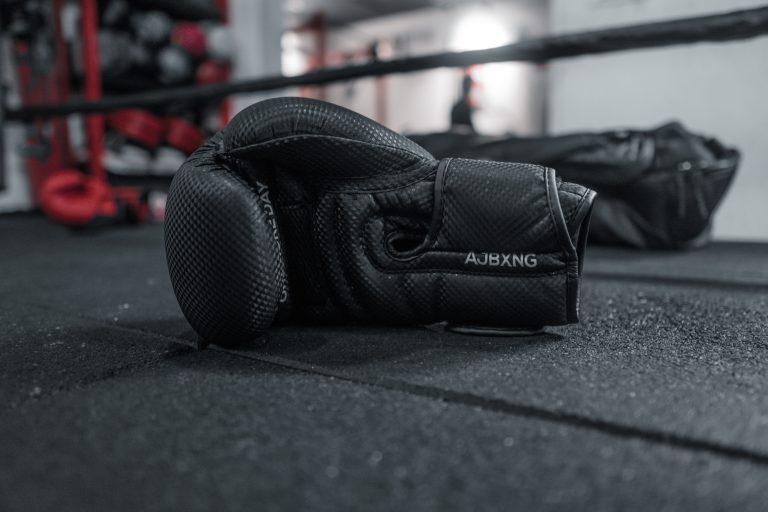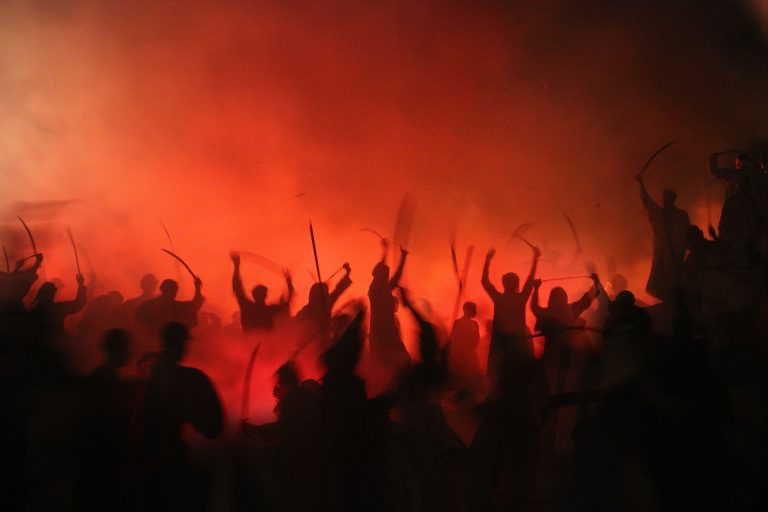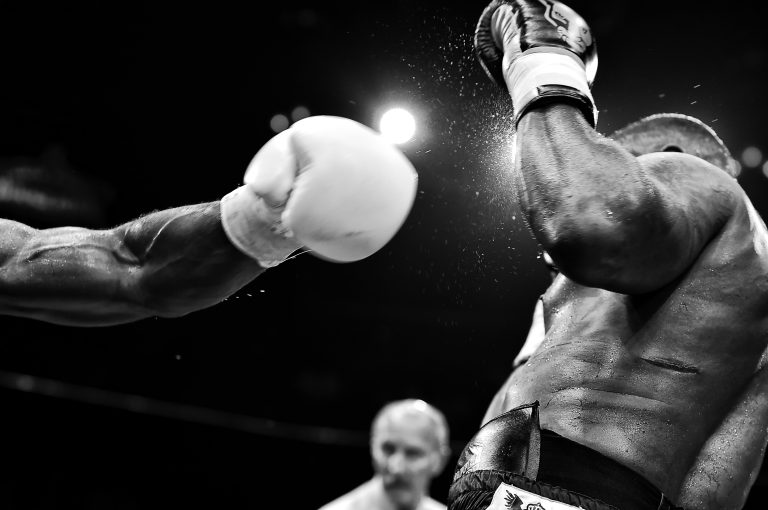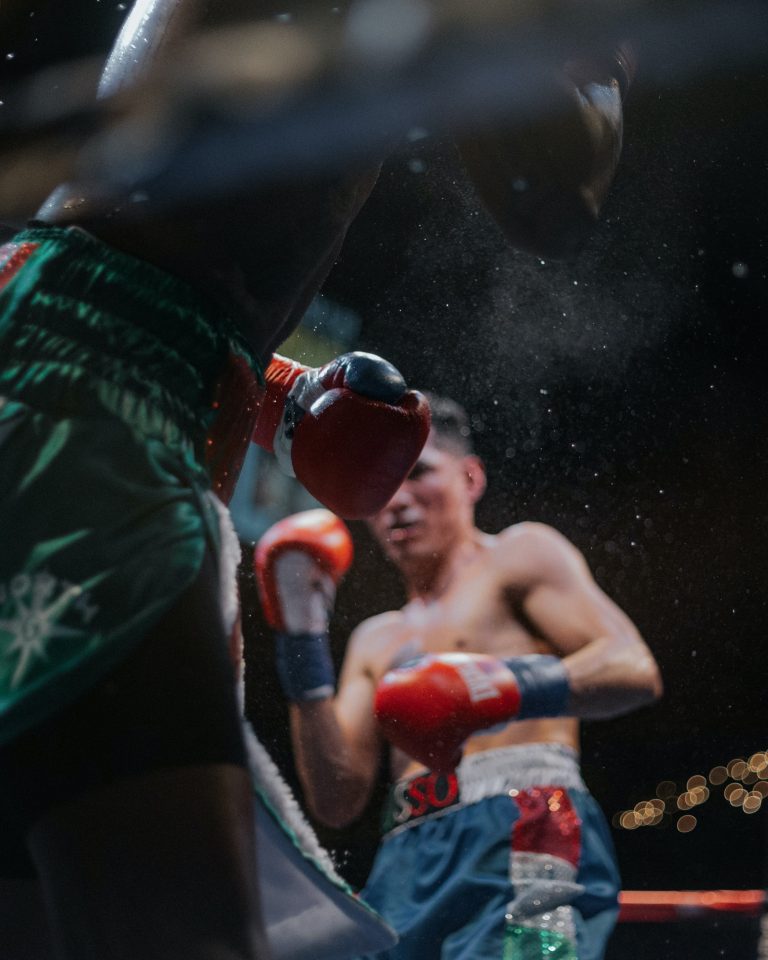What is a Karate Student Called?
Karate is a type of martial art that originated in Okinawa, Japan, and has become popular all around the world for its self-defense techniques, discipline, and physical fitness. The practice of karate involves formulating movements and techniques to defend oneself or engage in combat, often performed using hands and feet, and can be learned by anyone, regardless of their age or gender. However, for those who are starting as a karate student, it is essential to be familiar with the terms and definitions commonly used in the practice.
One of the common questions that most beginners may have when enrolling in karate classes for the first time is what they are called. For instance, a student of a certain level or rank may have a different title or honorific term from the other students. Below are the terms used in karate to address its students.
Karate Student
A karate student is called „karateka“ (kah-rah-tay-kah), which means „karate practitioner“ or „one who practices karate“ in Japanese. This term is commonly used in the Western world to refer to any person who learns and practices karate, regardless of their level of experience, rank, or age.
Karate Ranks
In karate, a student’s experience and proficiency are measured by a ranking system known as „kyu“ (cue) and „dan“ (dahn) levels. Kyu levels indicate a student’s progress towards mastering a particular style of karate, while dan levels indicate a student’s advanced level of mastery of that style.
Kyu Ranks
Kyu ranks can vary between different karate styles and schools, but the color of the belt worn by the karate student typically corresponds to their level of proficiency. The sequence of the rank is usually as follows:
– 8th Kyu – White Belt (Beginner)
– 7th Kyu – Yellow Belt
– 6th Kyu – Orange Belt
– 5th Kyu – Green Belt
– 4th Kyu – Blue Belt
– 3rd Kyu – Brown Belt
– 2nd Kyu – Brown Belt
– 1st Kyu – Brown Belt with a black stripe.
Once a student passes the 1st Kyu level, they are eligible to take the „dan“ level test.
Dan Ranks
Dan levels indicate higher levels of proficiency in karate and are typically more difficult to obtain than kyu rankings. The different dan ranks a student can attain depend on the karate style and school. Generally, the dan ranks are as follows:
– 1st Dan – Black Belt (Shodan – beginner level)
– 2nd Dan – Black Belt (Nidan – intermediate level)
– 3rd Dan – Black Belt (Sandan – advanced level)
– 4th Dan – Black Belt (Yondan – teacher’s level)
– 5th Dan – Black Belt (Godan – master’s level)
– 6th Dan – Black Belt (Rokudan – master’s level)
– 7th Dan – Black Belt (Shichidan – master’s level)
– 8th Dan – Black Belt (Hachidan – grandmaster’s level)
– 9th Dan – Black Belt (Kudan – grandmaster’s level)
– 10th Dan – Black Belt (Judan – grandmaster’s level)
Using „Sensei“ for Trained Instructors
Another term commonly used in karate practice is „sensei“ (sen-say), which means „teacher“ or „instructor“ in Japanese. The title is usually used to refer to highly trained instructors who have attained a minimum dan level rank of 3rd dan or higher. In the traditional Japanese karate sense, a sensei is someone who has spent many years mastering the art and demonstrating ethical behavior both inside and outside the dojo.
The Importance of Proper Terminology in Karate
Karate is not just about learning how to fight or defend oneself, but it also includes teaching respect, self-discipline, persistence, and humility. Using proper terminology when addressing a karate student or instructor not only shows respect for the art but also demonstrates discipline, awareness, and commitment to the practice. It is, therefore, essential to understand the terms and definitions used in karate practice, which ensures communication within the dojo is respectful, clear, and meaningful.
In Summary
Karate is a discipline that comes with its terminology and definitions. A karate student is referred to as a „karateka,“ and their ranking levels range from kyu to dan, with different color belts worn depending on their progress. Trained instructors are referred to as „sensei.“ Proper terminology is important in karate practice, which shows respect and commitment to the art while demonstrating discipline and awareness. With this, a beginner can have a better understanding of karate and how to use proper terminology within their practice.
What is a Participant in Karate Called?
Karate is an ancient martial art that has gained popularity all around the world. It is a combat sport that involves various techniques, such as punching, kicking, and striking. In karate, there are specific names given to different ranks and positions. In this article, we will answer some of the frequently asked questions on what a participant in karate is called.
What is a Student in Karate Called?
In karate, a student is known as a „karateka.“ The term karateka is a Japanese terminology which refers to a person who practices karate. It can be broken down into two words „karate“ meaning empty hand, and „ka“ meaning a practitioner or disciple. Therefore, a karateka is a person who practices karate regularly.
What is a Beginner in Karate Called?
In karate, a beginner is called a „mudansha,“ which means a person without a Dan rank. Dan rank is a system that determines the level of mastery of a person in karate. The term „mudansha“ can also be translated to mean all belts under the black belt. Therefore, if you are a beginner in karate or have not received a black belt, you are a mudansha.
What is a Black Belt in Karate Called?
A black belt is a symbol of mastery in karate. In Japanese, a black belt holder is commonly referred to as a „yudansha“ which means a dan rank holder. A yudansha is a karateka who has achieved a black belt or a dan rank by displaying significant skill and competency in karate.
What is a Sensei in Karate?
In karate, a sensei is a person who teaches and guides students in mastering karate. The term „sensei“ is a Japanese word that is generally translated to mean a teacher or mentor. A sensei is someone with experience, knowledge, and expertise in karate. They are responsible for teaching students the techniques, philosophy, and discipline of karate.
What is a Dojo in Karate?
A dojo is a training facility for karate. It is a place where karate students gather to learn, practice, and perfect the art of karate. The term dojo is derived from the Japanese language, where „do“ means the way or path, and „jo“ means a place. Therefore, a dojo is a place where one learns the way or path of karate.
How to Become a Karate Student
Karate is a martial art that has been practiced for centuries. It involves using your entire body to deliver powerful strikes and kicks. In addition to its physical benefits, karate is also known for its mental and spiritual benefits. If you are interested in becoming a karate student, this guide will provide you with step-by-step instructions to get started.
Step 1: Research Karate Schools
The first step to becoming a karate student is to research the different karate schools in your area. Look for schools that are reputable and have experienced instructors. You can do this by searching online or asking for recommendations from friends or family members who are familiar with martial arts.
Step 2: Visit Karate Schools
Once you have identified a few schools that you are interested in, the next step is to visit them in person. This will give you an opportunity to observe a class and see how the instructors interact with their students. It is important to find a school that has a positive and supportive environment.
Step 3: Speak with the Instructors
After observing a class, speak with the instructors to get a better understanding of their teaching style and philosophy. Ask them about their background and experience, as well as their approach to teaching karate. This will help you determine whether the school is a good fit for you.
Step 4: Determine Your Goals
Before you commit to a karate school, it is important to determine your goals. Do you want to compete in tournaments or are you looking to gain self-defense skills? Knowing your goals will help you choose the right school and develop a plan for achieving them.
Step 5: Sign up for Classes
Once you have selected a karate school and determined your goals, the next step is to sign up for classes. Most schools offer introductory classes or trial periods, which will give you an opportunity to try out the school before making a commitment.
Step 6: Attend Classes Consistently
To become a proficient karate student, it is important to attend classes consistently. This will allow you to develop your skills and build muscle memory. Consistency is key to becoming a successful karate student.
Step 7: Practice at Home
In addition to attending classes, practicing at home is an important part of becoming a karate student. This will help you reinforce techniques and develop your skills outside of class. You can practice basic techniques, such as punches and kicks, as well as forms or katas.
Step 8: Work with a Partner
To improve your sparring skills, it is important to work with a partner. This will allow you to practice techniques in a controlled environment and develop your reaction time. Working with a partner will also improve your timing and footwork.
Step 9: Attend Seminars and Workshops
Attending seminars and workshops is an excellent way to gain exposure to other martial arts styles and learn from experienced instructors. This will help you expand your knowledge and develop a well-rounded skill set.
Step 10: Test for Belt Promotions
As you progress through your karate journey, you will have the opportunity to test for belt promotions. These promotions are based on mastery of techniques, forms, and sparring skills. Testing for belt promotions is an important part of becoming a karate student and can help you track your progress.
In conclusion, becoming a karate student requires dedication, consistency, and a willingness to learn. By following these steps, you can get started on your martial arts journey and become a successful karate student.
Inhaltsverzeichnis





